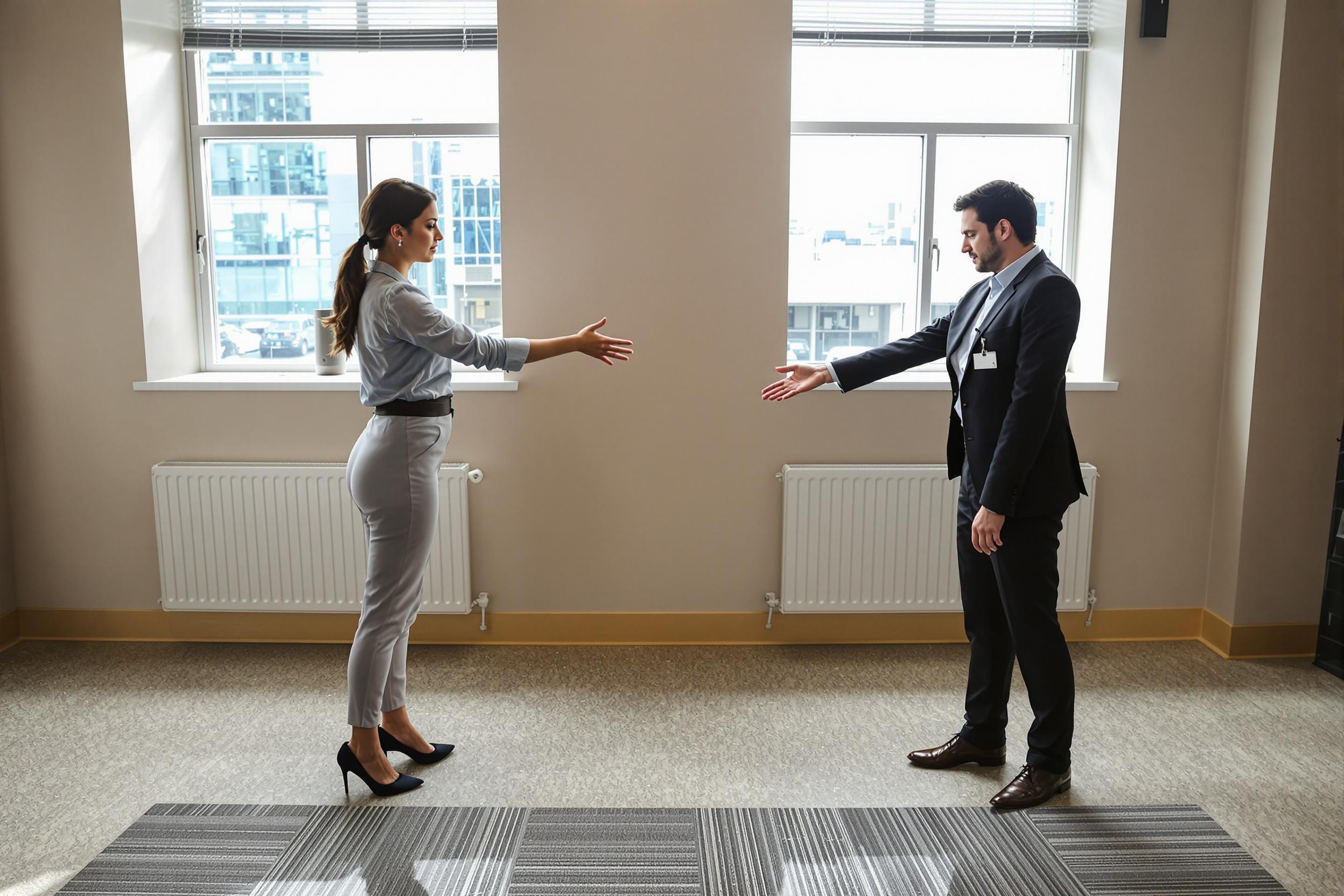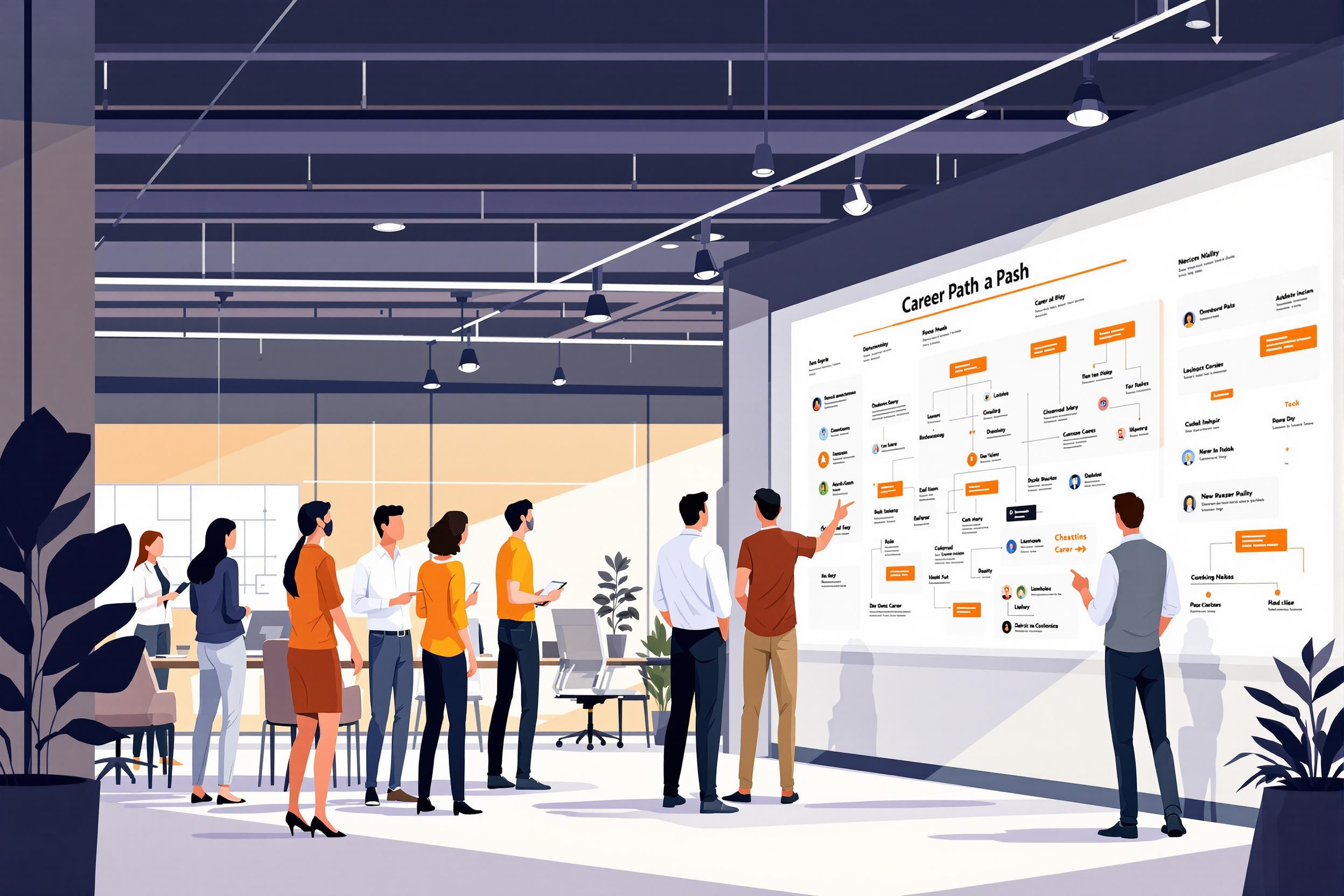
Heat Island Effect
The Heat Island Effect is when urban areas become much warmer than surrounding rural areas due to buildings, roads, and other development absorbing and holding heat. People working on this issue help design and create solutions to reduce this warming effect through smart building design, green spaces, and special materials. This is an important concept in green building and urban planning, where professionals work to make cities more comfortable and energy-efficient. You might see this term in resumes of sustainability consultants, green building specialists, or urban planners who focus on environmental design.
Examples in Resumes
Designed roofing solutions to minimize Heat Island Effect in downtown development projects
Reduced Heat Island Effect through implementation of green roof systems and reflective materials
Led team in developing urban planning strategies to combat Urban Heat Island Effect
Typical job title: "Green Building Specialists"
Also try searching for:
Where to Find Green Building Specialists
Professional Organizations
Professional Networks
Example Interview Questions
Senior Level Questions
Q: How would you develop a comprehensive strategy to reduce heat island effect in a large urban development project?
Expected Answer: A senior professional should discuss multiple approaches including material selection, landscaping, green roofs, and how to balance these with project budget and client needs. They should also mention measurement methods and long-term maintenance considerations.
Q: How do you quantify the economic benefits of heat island reduction strategies to clients?
Expected Answer: Should explain how to calculate energy savings, increased property value, and potential tax incentives, while being able to present these benefits in clear business terms to stakeholders.
Mid Level Questions
Q: What are the main strategies you've used to reduce heat island effect in previous projects?
Expected Answer: Should be able to discuss practical solutions like reflective roofing, shade trees, green spaces, and cool pavements, with specific examples from past work.
Q: How do you balance heat island reduction strategies with other project requirements?
Expected Answer: Should demonstrate understanding of trade-offs between different design elements, budget constraints, and how to prioritize various sustainable features.
Junior Level Questions
Q: Can you explain what the heat island effect is and why it's important in green building?
Expected Answer: Should be able to explain the basic concept of urban heat islands and their impact on energy use, comfort, and environment in simple terms.
Q: What are some basic solutions for reducing heat island effect?
Expected Answer: Should know fundamental strategies like light-colored materials, green spaces, and shade structures, even if they haven't implemented them yet.
Experience Level Indicators
Junior (0-2 years)
- Understanding of basic heat island concepts
- Familiarity with green building materials
- Knowledge of LEED requirements
- Basic sustainable design principles
Mid (2-5 years)
- Implementation of heat reduction strategies
- Project coordination experience
- Material selection and specification
- Cost-benefit analysis of solutions
Senior (5+ years)
- Complex urban development planning
- Team leadership on large projects
- Strategic sustainable design
- Client and stakeholder management
Red Flags to Watch For
- No knowledge of basic green building principles
- Lack of understanding of climate and environmental factors
- No experience with sustainable materials
- Unable to explain cost benefits of heat island reduction
Related Terms
Need more hiring wisdom? Check these out...

Attracting top-tier talent in a highly competitive labor market

Tiny Neighborhoods, Huge Impact: The Surprising Power of Hyper-Local SEO in Your Hiring Game

Unlocking Internal Talent: Why Internal Mobility Is Your Secret Weapon in Talent Acquisition

